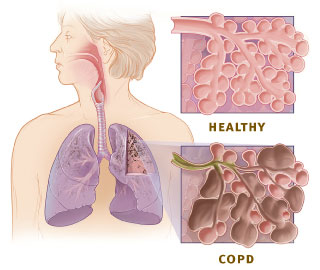Until recently, no targeted treatment was available for HER2 negative breast cancers, those are negative for Estrogen Receptor (ER), Progesterone Receptor (PR) and Human Epidermal Growth Factor Receptor (HER2).
A multicenter study led by researchers at UC Davis describes new, paradoxical characteristics of the most common type of breast cancer. The findings shed light on how the disease can evade treatment.
HER2-positive breast cancers are routinely treated with drugs that target the HER2 protein, such as Herceptin (Trastuzumab) with good results. However, until recently, there has been little reason to administer these targeted treatments to patients with HER2-negative cancer.
Now such HER2-negative breast cancers are being treated effectively with anti-HER2 treatments. The mechanism was not clearly understood.
The research, led by Jian Jian Li, director of translational research in the UC Davis Department of Radiation Oncology, examined breast tumors previously thought to lack the HER2 protein, which, when over-expressed, is associated with disease recurrence.
Researchers, rather found a small groups of aggressive, treatment-resistant HER2-positive breast cancer stem cells (BCSCs in such tumors.
Breast cancers differ on the cellular level. Whether a tumor contains HER2, an estrogen receptor protein, a progesterone receptor protein or all three or none can have an enormous impact on the tumor's aggressiveness, the patient's overall prognosis and treatment choices.
They also analyzed the stem cells for CD44 and CD24, cell surface proteins that indicate cancer aggressiveness and act as BCSC markers.
The team found that the HER2-positive, CD44 positive, CD24 negative/low BCSCs were more aggressive and highly resistant to radiotherapy. These characteristics were significantly reduced by Herceptin or short interfering RNA.
HER2 and CD44 positive BCSCs were found in 57.1 percent of primary tumors and 84.6 percent of recurrent tumors.
In addition to identifying this previously hidden group of HER2-positive stem cells, further examination provided new insights into how these BCSCs maintain their resistance to treatment.
A complex network of proteins, including HER2 and STAT3, modulate metastasis, programmed cell death and other functions. As a result, these cells survive the gamut of traditional anti-cancer therapies.
This research provides detailed confirmation that HER2 treatment can potentially improve outcomes in HER2-negative breast cancers.
The original article, published in the Medicalxpress can be accessed here.
...
Click here to Subscribe news feed from "Clinicianonnet; so that you do not miss out anything that can be valuable to you !!
...






